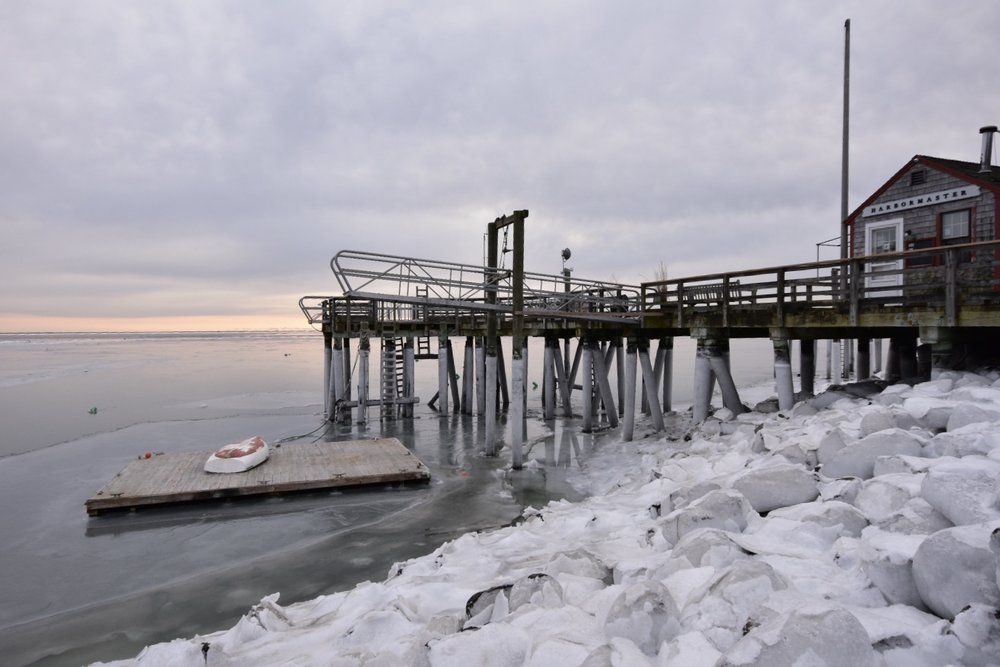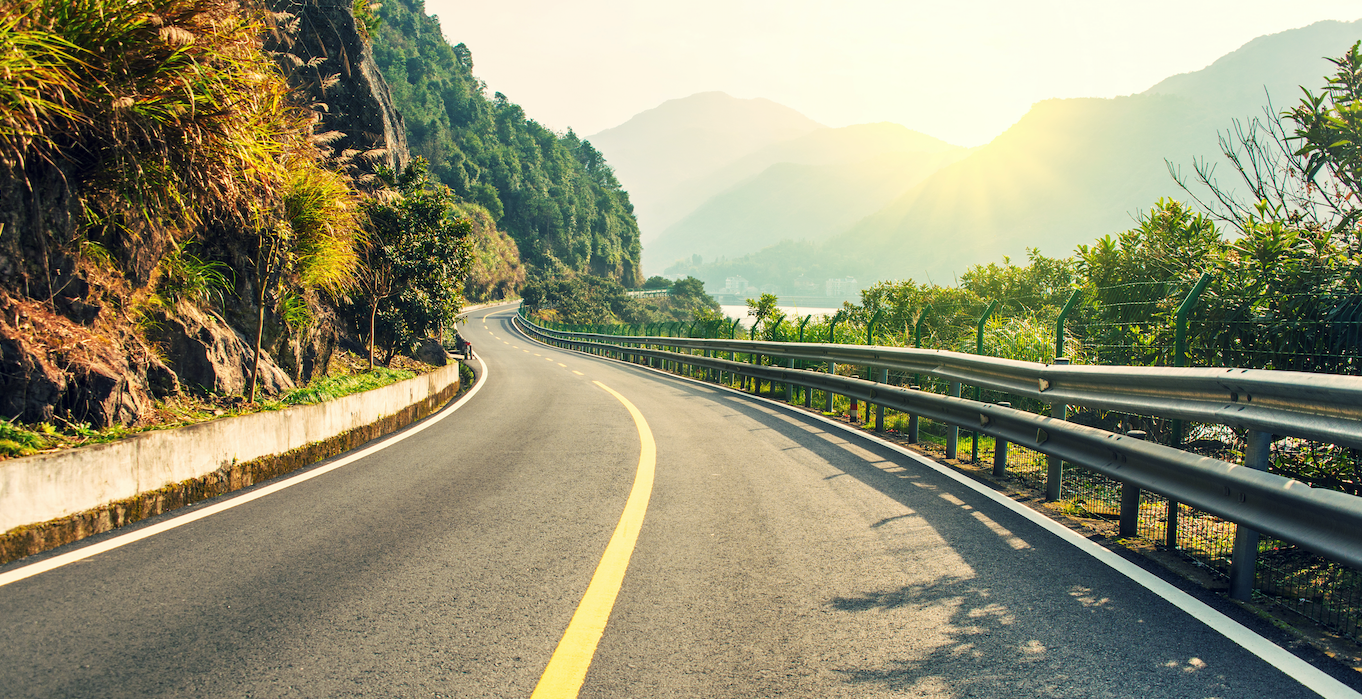I’ve been a city Police Officer for 24 years. Before that I was an infantry Marine. My hypochondriac mother and the father I had to persuade to stand for the national anthem were awful and I was lost and the Marines somehow seemed like a punk rock, anti-hippie, way for me to get the discipline I knew I needed. My parents were supportive as long was nothing was required of them. Despite the best efforts of my School of Infantry instructors, I never really had a burning desire to kill anyone or to experience combat, but when I got out I was far better prepared for adulthood and I did have a burning desire to be a law enforcement officer. I really wanted to be a Park Ranger and live in the mountains, but it wasn’t in the cards at the time. My second choice was city cop or state trooper, so I went home.
I was third generation in the city in which I grew up, once the shoe manufacturing capital of the country. I went to the same elementary school as my grandfather and father. By the nineties the factories closed and it really slipped into the darkness of the crack epidemic. Once there were four movie theatres on Main Street, in 1996 there were fourteen homicides.


In the wild, I don’t need to rely on a judge or jury’s verdict for personal fulfillment. My colleagues and friends seemed to have no interest in actually hiking to the top of mountains or Nordic Skiing in freezing temperatures, but I started taking pictures of the outdoors to share my experiences with others. As I got older I realized that if you don’t capture something it may not be there when you look for it later on. I think my photography is more about recording or memorializing moments in time. I find myself taking pictures all of the time now.


A few times a week, before I hit the streets, I go out into the bay and work on an oyster farm. The pay isn’t great. The conditions are unpredictable. There are hours of lifting, carrying, culling, and counting. But when the work is done there is a sense of accomplishment. I find satisfaction in hard work.
The farm crew is made up of very different characters but all of the oyster farmers on our farm and others know how lucky we are to live this life. Sometimes we’re the first ones to see the sunrise. Sometimes we are the only ones to look overhead and see an osprey with a fish in its talons. Sometimes it’s windy and pouring rain. Sometimes it’s freezing cold and snot is frozen to our faces. The tides are going to shift, the winds are going to shift and the seasons are going to change. Change and nature’s beauty are a given. It takes around two years of work to raise oysters to bring to market. A lot of things take place for a baby oyster (called seed) to grow to three inches to be harvestable. It’s a bit like putting bad guys in prison. Just like it isn’t as simple as catching a drug dealer selling fentanyl and putting him in hand cuffs you don’t walk out into the bay and retrieve full grown oysters. Oysters have to be provided with protection from predators, they need to be protected from the elements, they need a continuous supply of nutrient rich water. As they grow, we move them to different types of bags and cages to maximize water flow. Day to day on the bay is like being on an aquatic postcard. The bay is always teeming with life. Sometimes a prehistoric horseshoe crab will float by, sometimes a mischievous seal will come by and take a closer look. Even a bite from a rancorous crab is an interesting part of the day.


I was drawn into the Die Living Community when I lost my wife to cancer. I was thirty-eight years old, our daughters, ten and twelve. My wife battled gallantly for ten years. The four of us knew that we needed to squeeze a lot in and we knew that the roller coaster ride that we were on would eventually end. A lot can be learned when you are able to grasp the fact that time is a finite thing. The three of us never sat with anger or resentment when she passed away. We knew we had lives to live. We knew that time could not be wasted. One of the first things we did was organize a blood drive in my wife’s name. The bloodmobile had to send donors away because they couldn’t accommodate the outpouring of support that day. The girls are bright, compassionate, and hardworking young ladies now. I know their mom would be proud. I also know that we are in fact “living the dream.”


I found love again and my girls now have a young brother and an awesome step mom. I have suffered other losses. Any adult has. I understand that we all have to enjoy the calm of the trough between the waves. Bad things will happen again. But we’re going to Die Living. Semper Prorsum
Mike Cesarini is a cop living his best life in New England; cultivating his passions of photography and writing.





Leave a comment
This site is protected by hCaptcha and the hCaptcha Privacy Policy and Terms of Service apply.